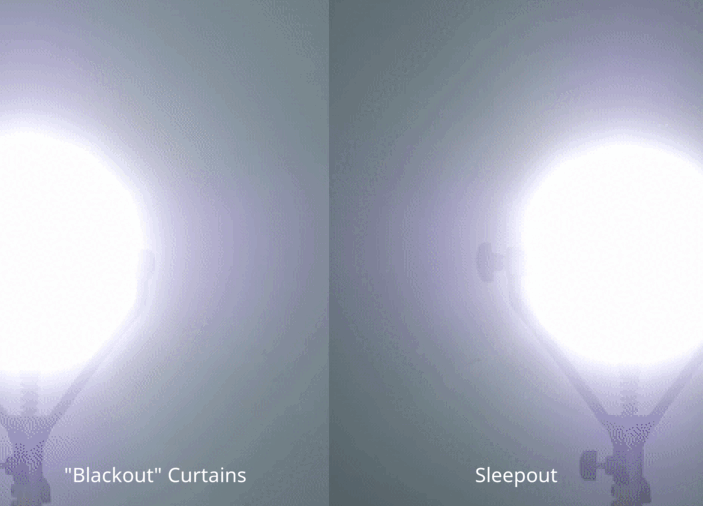Ensuring that your baby sleeps safely and comfortably through the night is a concern for all parents. Knowing how to layer your baby’s sleepwear is essential to help regulate their body temperature and minimize the risk of overheating or being too cold. This guide will explore how to dress your baby for sleep, taking into account various factors such as room temperature, fabric choice, and more.
Understanding the Importance of Baby Sleepwear Layering
The way you dress your baby for sleep can significantly impact their comfort and safety. The right layers help maintain a consistent body temperature, crucial for preventing sudden temperature changes that might disrupt their sleep. Additionally, proper sleepwear can protect your baby from potential hazards like loose blankets in the crib, which pose risks of suffocation.
Step 1: Consider the Room Temperature
The ideal room temperature for a baby's nursery should be between 68°F and 72°F (20°C to 22°C). It’s important not to overheat the room, as babies are more sensitive to heat than adults and can become overheated easily. If you do not have a thermostat, using an indoor thermometer can help you keep the nursery at a safe, comfortable temperature.
Step 2: Select the Right Fabric
Choosing the right fabric for baby sleepwear is crucial. Ideal materials are soft, breathable, and comfortable against the baby's delicate skin. Fabrics such as cotton, bamboo, and certain blends are perfect as they promote air circulation and moisture wicking. Avoid materials that are too bulky or made of synthetic fibers like polyester, which can trap heat and make your baby sweat excessively.
Step 3: Base Layer
The base layer should be tight-fitting and made of a soft, lightweight fabric. A good option for most environments is a short or long-sleeved bodysuit or a snug-fitting pajama. Ensure there are no loose strings or tags that could irritate your baby’s skin.
Step 4: Add Additional Layers
Depending on the temperature, an additional layer such as a sleep sack or a wearable blanket can be added over the bodysuit. Sleep sacks are excellent alternatives to blankets, which can cover your baby’s face accidentally. For colder environments, choose a thicker sleep sack or a fleece layer. Ensure any additional layers fit well—too large garments can be risky and potentially travel up to obstruct breathing.
Step 5: Consider a Hat or Socks
If the room is a bit cooler, or during winter months, a lightweight hat or socks might be necessary. Beware of overheating, though; if your baby seems too warm, remove these items. Signs of overheating include sweating, damp hair, flushed cheeks, heat rash, and rapid breathing.
Monitoring and Adjusting Layers
Regularly check on your baby to ensure they are not too hot or too cold. Feel your baby’s chest or back; skin should be warm and dry, not sweaty or cold. Adjust layers accordingly if your baby shows signs of discomfort.
Special Considerations for Newborns
Newborns often require one additional layer compared to older infants, as they tend to have a harder time regulating their body temperature. Always ensure that whatever layers you add are safe and fit well, without excess material that could pose a risk.
Creating an Ideal Sleep Environment
In addition to dressing your baby appropriately, it's essential to create an optimal sleep environment. Blackout curtains, like the Sleepout Home Blackout Curtains, can significantly enhance sleep quality by keeping the nursery dark and maintaining a consistent temperature.

Summary
Dressing your baby correctly for sleep ensures they remain not only comfortable but safe throughout the night. By understanding the right fabrics, layers, and environmental conditions, you can create an ideal sleeping setup that fosters safety and sound sleep. Regularly adjust the layers and sleeping conditions based on the ambient temperature and your baby’s responses to ensure optimal comfort and safety.
Remember to always prioritize safe sleep practices including placing your baby on their back for sleep, using a firm sleep surface, and keeping the crib free from toys and pillows to reduce risks of SIDS (Sudden Infant Death Syndrome).
With these tips, you’re all set to provide your baby with the best of comfort and security as they grow and develop through these precious early months and beyond.



